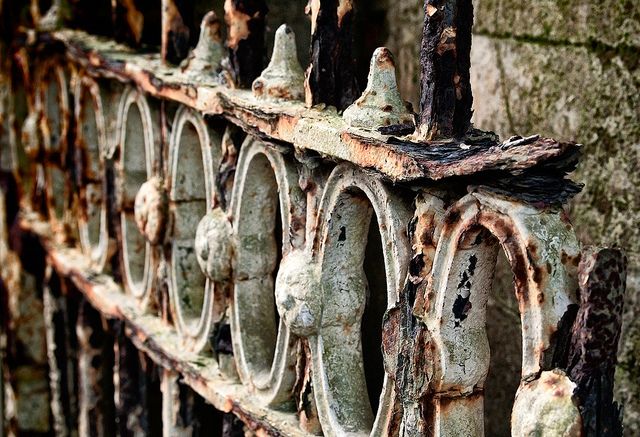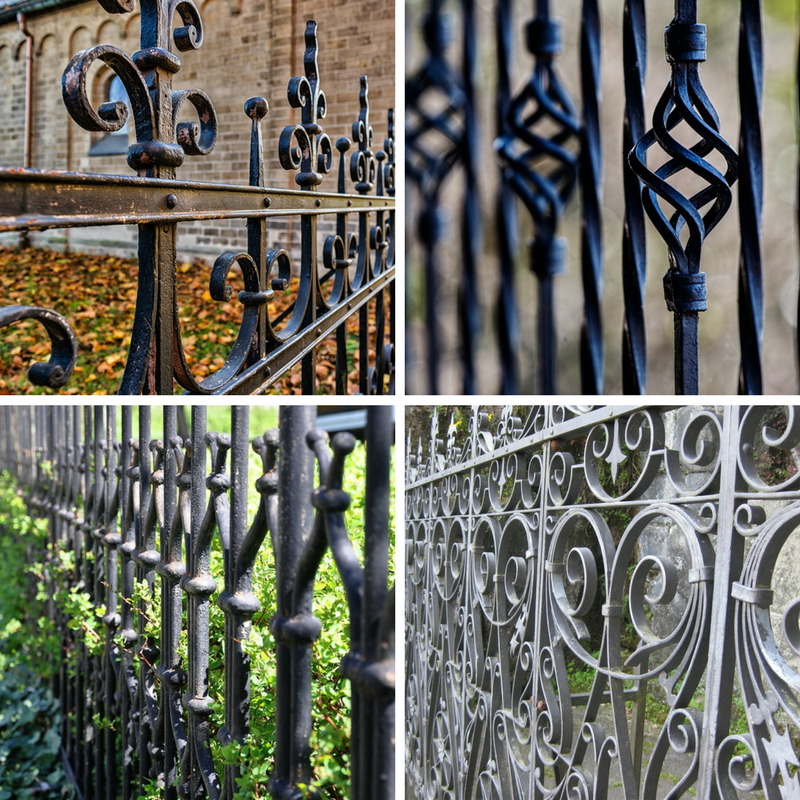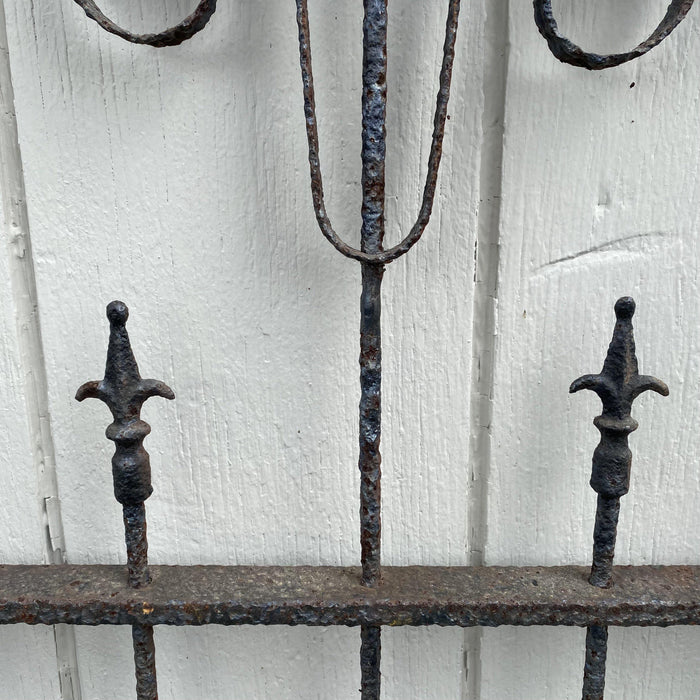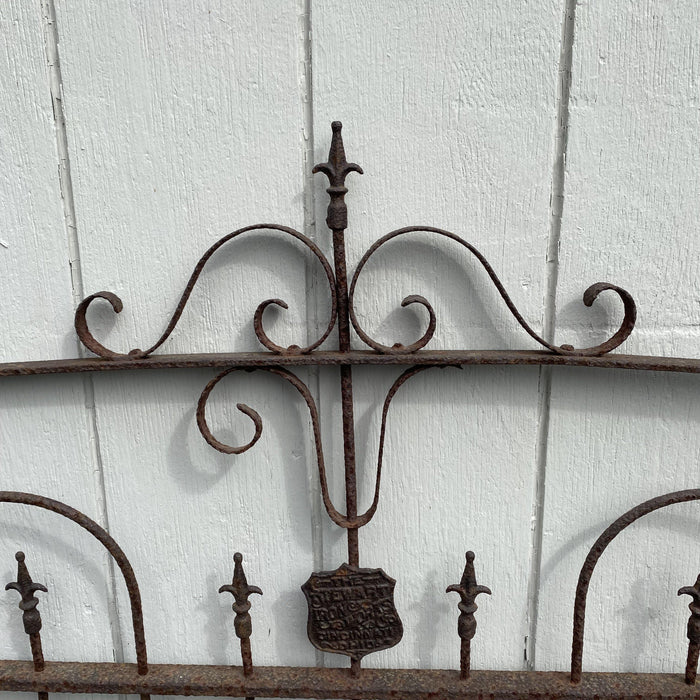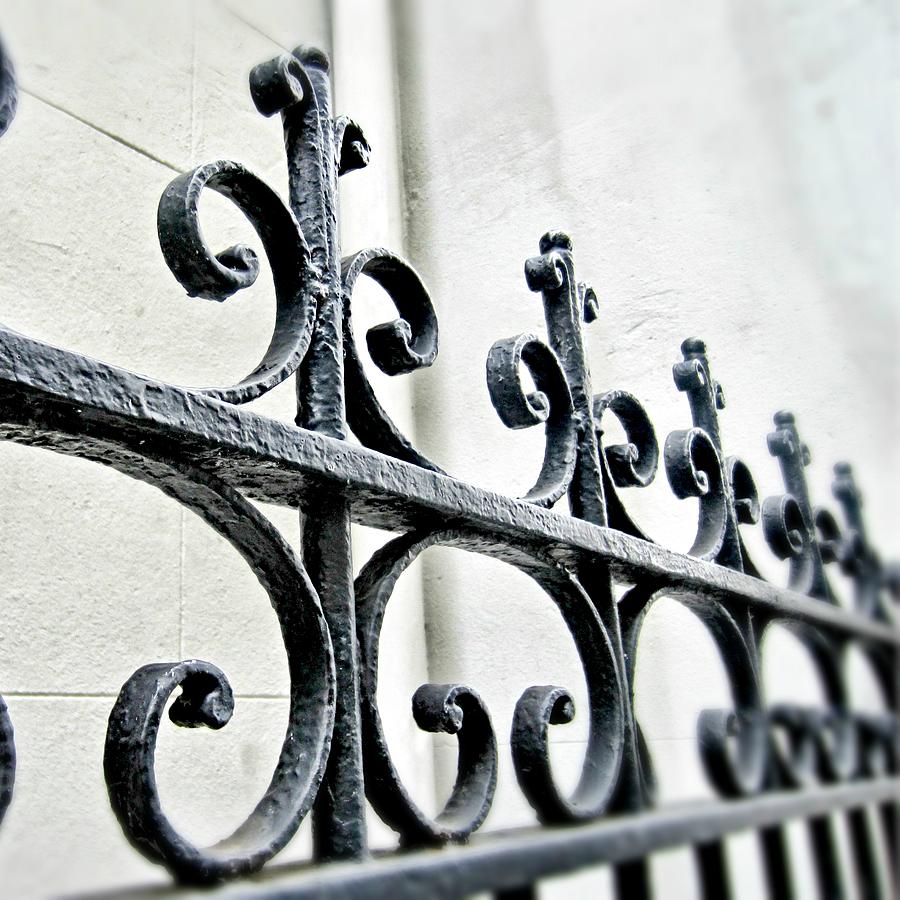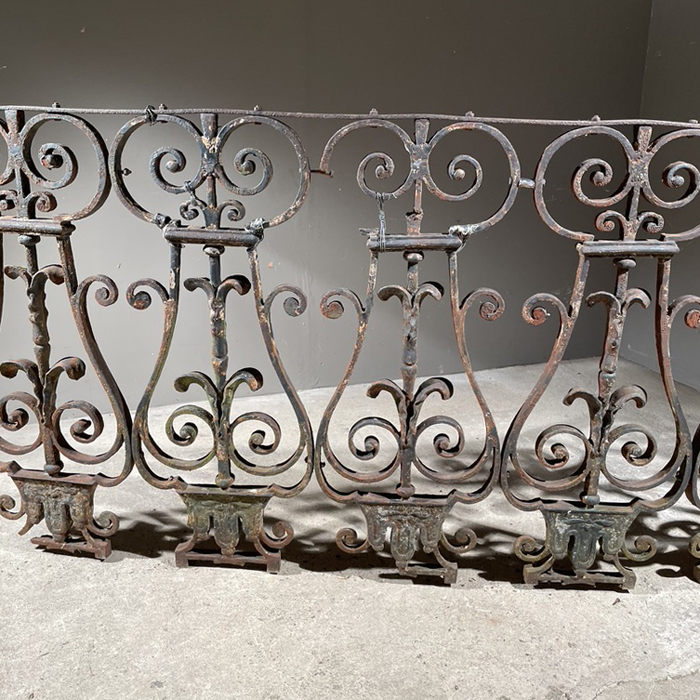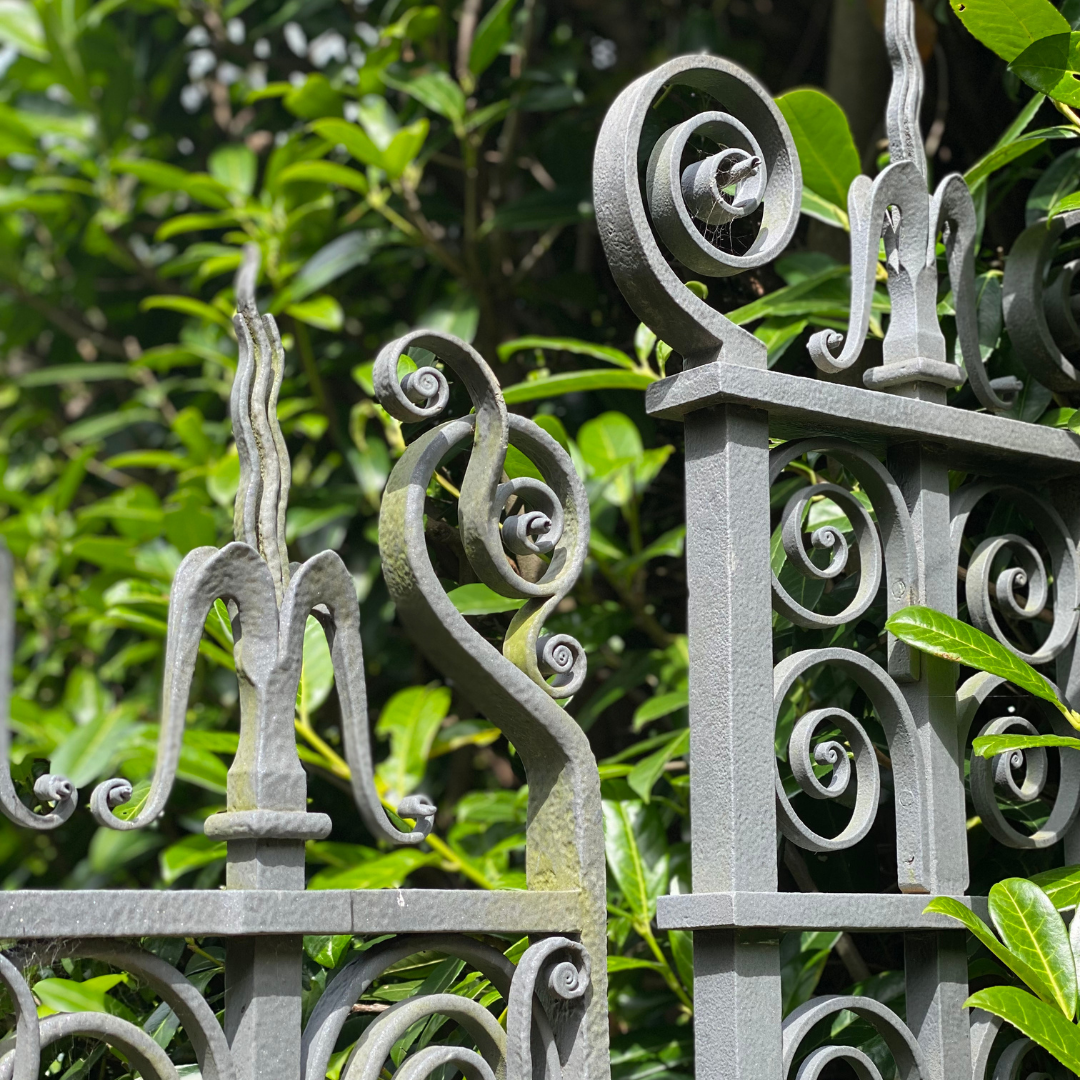Wrought Iron Techniques of Restoration
Restoring wrought iron involves careful cleaning, removing rust with wire brushes, sanding, and applying rust-resistant coatings. Skilled blacksmiths may also recreate missing elements or patterns to bring the piece back to life.
Wrought Iron Surface Smoothing
Smooth the surface with finer sandpaper to prepare it for finishing. Sand evenly to achieve a uniform texture.
Wrought Iron Priming
Apply a rust-inhibiting primer to the cleaned and smoothed wrought iron. This creates a protective barrier against future rusting.
Wrought Iron Final Touches
Pay attention to details, such as replacing missing or damaged decorative elements. Sand, prime, and paint these components separately before attaching them to the restored piece for a polished finish.
